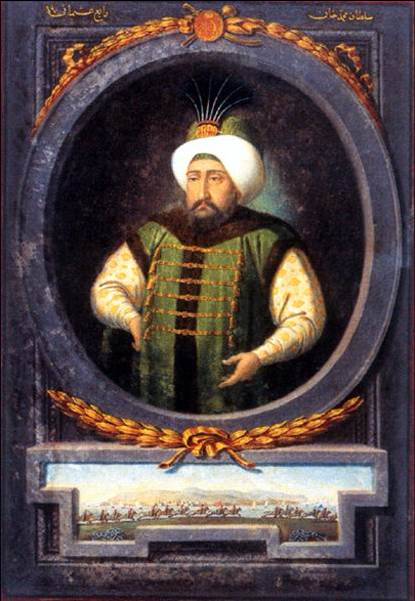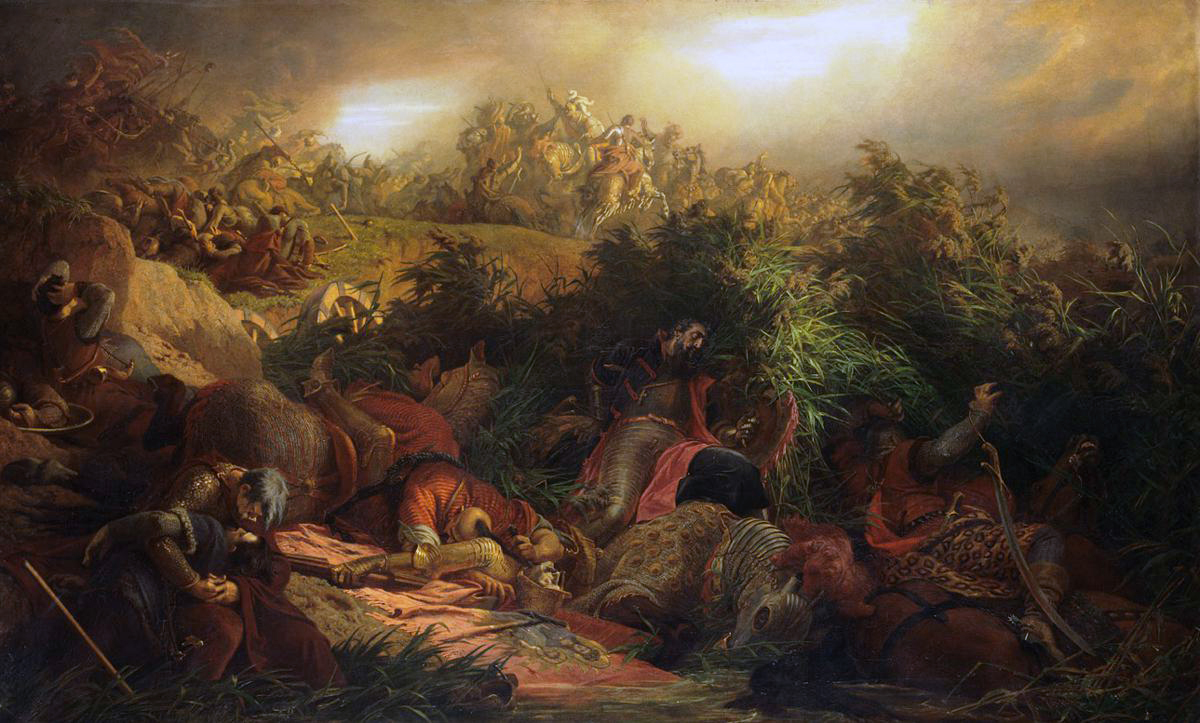|
Maidos
Eceabat is a small town in Çanakkale Province in the Marmara Region of Turkey, located on the eastern shore of the Gallipoli, Gelibolu Peninsula, on the Dardanelles, Dardanelles Strait. It is the seat of Eceabat District.İlçe Belediyesi Turkey Civil Administration Departments Inventory. Retrieved 1 March 2023. Its population is 5,636 (2021). The town lies at sea level. It is an almost entirely modern town. Eceabat is the departure point for the annual swim across the Hellespont to Çanakkale on the other side of the Dardanelles Strait. Eceabat is the nearest town to the World War I Gallipoli Campaign battlefield sites, as well as to the cemeteries and memorials to the more than 120,000 Turkish, British, French, Australia and New Zealand soldiers killed during the campaign. This has led to its ... [...More Info...] [...Related Items...] OR: [Wikipedia] [Google] [Baidu] |
Kilitbahir Castle
Kilitbahir Castle (Turkish language, Turkish: ''Kilitbahir Kalesi'') is a fortress on the west side of the Dardanelles, opposite the city of Çanakkale, where there is a corresponding fortress (''Çimenlik Castle, Kale-i Sultaniye''), from which Çanakkale takes its name. The two castles were constructed by Fatih Sultan Mehmet in 1463 to control the straits at their narrowest point. Kilitbahir's name, meaning "lock of the sea", reflects this defensive purpose. Due to the Siege of Candia, protracted siege against Heraklion, Candia, the castle and Kale-i Sultaniye were repaired in order to fortify the Dardanelles. Gallery File:Kilitbahircastle.jpg File:Kilitbahircastlegeometry.jpg File:Kilitbahir Castle 3.jpg References External links Kilitbahir pictures group on FlickrExcellent site with information in detail Ottoman fortifications Forts in Turkey Dardanelles Buildings and structures in Çanakkale Province Buildings and structures completed in 1463 {{Turkey-castle-stub ... [...More Info...] [...Related Items...] OR: [Wikipedia] [Google] [Baidu] |
Anzac Day
Anzac Day is a national day of remembrance in Australia, New Zealand and Tonga that broadly commemorates all Australians and New Zealanders "who served and died in all wars, conflicts, and peacekeeping operations" and "the contribution and suffering of all those who have served". Observed on 25 April each year, Anzac Day was originally devised to honour the members of the Australian and New Zealand Army Corps (ANZAC) who served in the Gallipoli campaign, their first engagement in the First World War (1914–1918). History Anzac Day marks the anniversary of the first campaign that led to major casualties for Australian and New Zealand forces during the First World War. The acronym ANZAC stands for Australian and New Zealand Army Corps, whose soldiers were known as Anzacs. Anzac Day remains one of the most important national occasions of both Australia and New Zealand; however, the ceremonies and their meanings have changed significantly since 1915. According to Martin Crotty ... [...More Info...] [...Related Items...] OR: [Wikipedia] [Google] [Baidu] |
Populated Coastal Places In Turkey
Population is a set of humans or other organisms in a given region or area. Governments conduct a census to quantify the resident population size within a given jurisdiction. The term is also applied to non-human animals, microorganisms, and plants, and has specific uses within such fields as ecology and genetics. Etymology The word ''population'' is derived from the Late Latin ''populatio'' (a people, a multitude), which itself is derived from the Latin word ''populus'' (a people). Use of the term Social sciences In sociology and population geography, population refers to a group of human beings with some predefined feature in common, such as location, race, ethnicity, nationality, or religion. Ecology In ecology, a population is a group of organisms of the same species which inhabit the same geographical area and are capable of interbreeding. The area of a sexual population is the area where interbreeding is possible between any opposite-sex pair within the are ... [...More Info...] [...Related Items...] OR: [Wikipedia] [Google] [Baidu] |
Fishing Communities In Turkey
Fishing is the activity of trying to catch fish. Fish are often caught as wildlife from the natural environment (Freshwater ecosystem, freshwater or Marine ecosystem, marine), but may also be caught from Fish stocking, stocked Body of water, bodies of water such as Fish pond, ponds, canals, park wetlands and reservoirs. Fishing techniques include trawling, Longline fishing, longlining, jigging, Fishing techniques#Hand-gathering, hand-gathering, Spearfishing, spearing, Fishing net, netting, angling, Bowfishing, shooting and Fish trap, trapping, as well as Destructive fishing practices, more destructive and often Illegal, unreported and unregulated fishing, illegal techniques such as Electrofishing, electrocution, Blast fishing, blasting and Cyanide fishing, poisoning. The term fishing broadly includes catching aquatic animals other than fish, such as crustaceans (shrimp/lobsters/crabs), shellfish, cephalopods (octopus/squid) and echinoderms (starfish/sea urchins). The term is n ... [...More Info...] [...Related Items...] OR: [Wikipedia] [Google] [Baidu] |
Populated Places In Çanakkale Province
Population is a set of humans or other organisms in a given region or area. Governments conduct a census to quantify the resident population size within a given jurisdiction. The term is also applied to non-human animals, microorganisms, and plants, and has specific uses within such fields as ecology and genetics. Etymology The word ''population'' is derived from the Late Latin ''populatio'' (a people, a multitude), which itself is derived from the Latin word ''populus'' (a people). Use of the term Social sciences In sociology and population geography, population refers to a group of human beings with some predefined feature in common, such as location, race, ethnicity, nationality, or religion. Ecology In ecology, a population is a group of organisms of the same species which inhabit the same geographical area and are capable of interbreeding. The area of a sexual population is the area where interbreeding is possible between any opposite-sex pair within the ... [...More Info...] [...Related Items...] OR: [Wikipedia] [Google] [Baidu] |
Sestos
Sestos (, ) was an ancient city in Thrace. It was located at the Thracian Chersonese peninsula on the European coast of the Hellespont, opposite the ancient city of Abydos, and near the town of Eceabat in Turkey. In Greek mythology, Sestos is presented in the myth of Hero and Leander as the home of Hero. History Classical period Sestos is first mentioned in Homer's ''Iliad'' as a Thracian settlement, and was allied with Troy during the Trojan War. The city was settled by colonists from Lesbos in c. 600 BC. In c. 512, Sestos was occupied by the Achaemenid Empire, and Darius I ferried across from the city to Asia Minor after his Scythian campaign. Alongside Byzantium, Sestos was considered to be one of the foremost Achaemenid ports on the European coast of the Bosphorus and the Hellespont. In 480, at the onset of the Second Persian invasion of Greece, Xerxes I bridged the Hellespont near Sestos. In 479 BC, after the Greek victory at the Battle of Mycale, Sestos was be ... [...More Info...] [...Related Items...] OR: [Wikipedia] [Google] [Baidu] |
Mahmud II
Mahmud II (, ; 20 July 1785 – 1 July 1839) was the sultan of the Ottoman Empire from 1808 until his death in 1839. Often described as the "Peter the Great of Turkey", Mahmud instituted extensive administrative, military, and fiscal reforms. His disbandment of the conservative Janissary, Janissary Corps removed a major obstacle to his and his successors' reforms in the Empire, creating the foundations of the subsequent Tanzimat era. Mahmud's reign was also marked by further Ottoman military defeats and loss of territory as a result of nationalist uprisings and European intervention. Mahmud ascended the throne following an Ottoman coups of 1807–1808, 1808 coup that deposed his half-brother Mustafa IV. Early in his reign, the Ottoman Empire ceded Bessarabia to Russia at the end of the Russo-Turkish War (1806–1812), 1806–1812 Russo-Turkish War. Greece waged a Greek War of Independence, successful war of independence that started in 1821 with British, French and Russian su ... [...More Info...] [...Related Items...] OR: [Wikipedia] [Google] [Baidu] |
Selim III
Selim III (; ; was the sultan of the Ottoman Empire from 1789 to 1807. Regarded as an enlightened ruler, he was eventually deposed and imprisoned by the Janissaries, who placed his cousin Mustafa on the throne as Mustafa IV (). A group of assassins subsequently killed Selim. Early life Selim III was the son of Sultan Mustafa III and his wife Mihrişah Sultan. His mother, Mihrişah Sultan was an ethnic Georgian. After she became the Valide sultan, she participated in reforming the government schools and establishing political corporations. His father, Ottoman Sultan Mustafa III, was very well educated and believed in the necessity of reforms. Mustafa III attempted to create a powerful army with professional, well-educated soldiers during peacetime. This was primarily motivated by his fear of a Russian invasion. During the Russo-Turkish War, he fell ill and died of a heart attack in 1774. Sultan Mustafa was aware of the fact that a military reform was necessary. He decl ... [...More Info...] [...Related Items...] OR: [Wikipedia] [Google] [Baidu] |
Mehmed IV
Mehmed IV (; ; 2 January 1642 – 6 January 1693), nicknamed as Mehmed the Hunter (), was the sultan of the Ottoman Empire from 1648 to 1687. He came to the throne at the age of six after his father was overthrown in a coup. Mehmed went on to become the second-longest-reigning sultan in Ottoman history after Suleiman the Magnificent. While the initial and final years of his reign were characterized by military defeat and political instability, during his middle years he oversaw the revival of the empire's fortunes associated with the Köprülü era. Mehmed IV was known by contemporaries as a particularly pious ruler, and was referred to as gazi, or "holy warrior" for his role in the many conquests carried out during his long reign. Under Mehmed IV's reign, the empire reached the height of its territorial expansion in Europe. From a young age he developed a keen interest in hunting, for which he is known as ''avcı'' (translated as "the Hunter"). In 1687, Mehmed was overthrown by ... [...More Info...] [...Related Items...] OR: [Wikipedia] [Google] [Baidu] |
Yalova, Eceabat
Yalova is a village in the Eceabat District of Çanakkale Province Çanakkale Province () is a province of Turkey, located in the northwestern part of the country. It takes its name from the city of Çanakkale. Its area is 9,817 km2, and its population is 559,383 (2022). Like Istanbul, Çanakkale province ... in Turkey. Its population is 239 (2021). References Villages in Eceabat District {{Çanakkale-geo-stub ... [...More Info...] [...Related Items...] OR: [Wikipedia] [Google] [Baidu] |
Suleiman The Magnificent
Suleiman I (; , ; 6 November 14946 September 1566), commonly known as Suleiman the Magnificent in the Western world and as Suleiman the Lawgiver () in his own realm, was the List of sultans of the Ottoman Empire, Ottoman sultan between 1520 and his death in 1566. Under his administration, the Ottoman Empire ruled over at least 25 million people. After succeeding his father Selim I on 30 September 1520, Suleiman began his reign by launching military campaigns against the Christendom, Christian powers of Central and Eastern Europe and the Mediterranean; Siege of Belgrade (1521), Belgrade fell to him in 1521 and Siege of Rhodes (1522), Rhodes in 1522–1523, and at Battle of Mohács, Mohács in 1526, Suleiman broke the strength of the Kingdom of Hungary in the Middle Ages, Kingdom of Hungary. Presiding over the apex of the Ottoman Empire's economic, military, and political strength, Suleiman rose to become a prominent monarch of 16th-century Europe, as he personally led Arm ... [...More Info...] [...Related Items...] OR: [Wikipedia] [Google] [Baidu] |
Istanbul
Istanbul is the List of largest cities and towns in Turkey, largest city in Turkey, constituting the country's economic, cultural, and historical heart. With Demographics of Istanbul, a population over , it is home to 18% of the Demographics of Turkey, population of Turkey. Istanbul is among the List of European cities by population within city limits, largest cities in Europe and List of cities proper by population, in the world by population. It is a city on two continents; about two-thirds of its population live in Europe and the rest in Asia. Istanbul straddles the Bosphorus—one of the world's busiest waterways—in northwestern Turkey, between the Sea of Marmara and the Black Sea. Its area of is coterminous with Istanbul Province. Istanbul's climate is Mediterranean climate, Mediterranean. The city now known as Istanbul developed to become one of the most significant cities in history. Byzantium was founded on the Sarayburnu promontory by Greek colonisation, Greek col ... [...More Info...] [...Related Items...] OR: [Wikipedia] [Google] [Baidu] |






